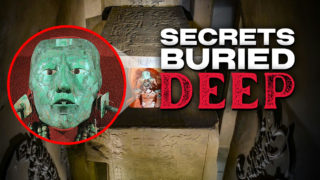In 1962, a construction worker in Seattle accidentally broke through a wall and discovered an entire underground city – complete with intact storefronts, sidewalks, and mysterious doorways that led to nowhere. This hidden world sparked decades of speculation about what secrets lay beneath our feet. Today, networks of undiscovered tunnels crisscross beneath major cities worldwide, holding evidence of secret societies, government operations, and unexplained phenomena that mainstream history books omit. From ancient temple passages designed to amplify otherworldly sounds to modern-day bunker systems that officially “don’t exist,” these 15 hidden underground networks reveal a shadow world where truth rivals fiction.
15. The Bourbon Tunnel in Naples
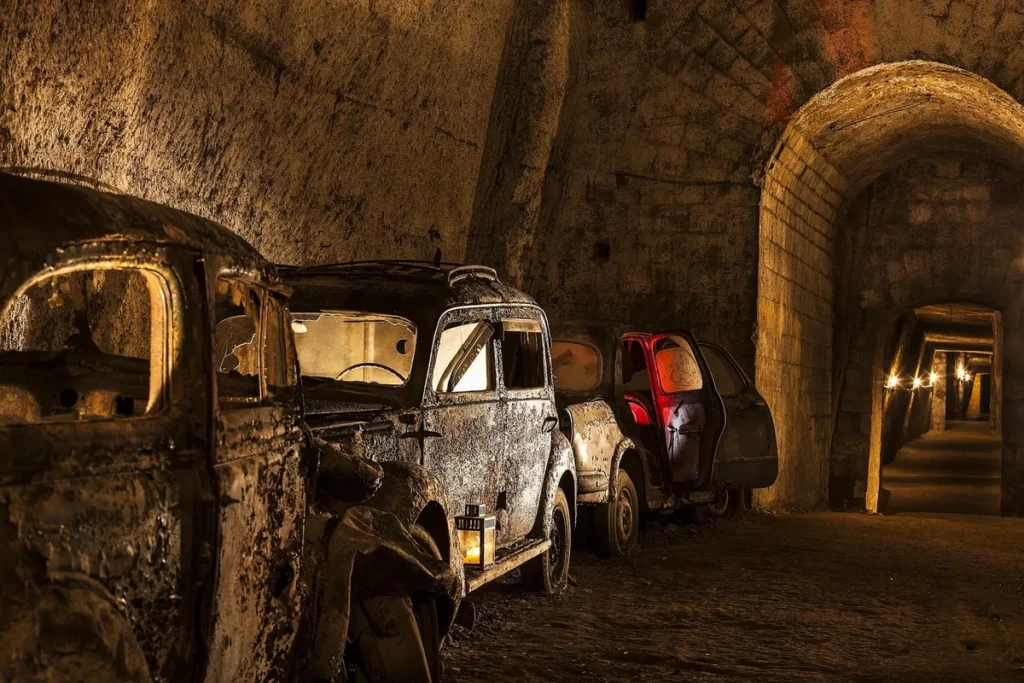
The Bourbon Tunnel dates back to 1853 when Ferdinand II of Bourbon commissioned it as an escape route from the Royal Palace. This massive underground complex extends 530 meters through Naples’ volcanic rock foundation. During World War II, the tunnel served as an air raid shelter for thousands of local residents. Today, visitors can explore collections of vintage cars and motorcycles stored here after the war, along with wartime artifacts preserved in their original locations.
14. The White House Tunnels
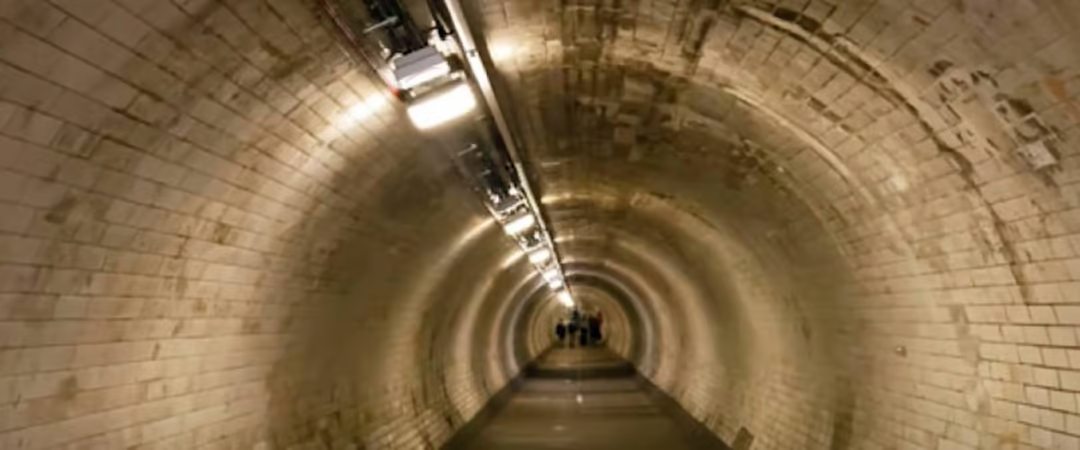
Deep beneath America’s most famous address runs a sophisticated network of tunnels that connect the White House to key government facilities. These passages include a secure underground route to the Treasury Building, established during Franklin D. Roosevelt’s presidency in 1941. The tunnel system expanded dramatically during the Cold War era to include bunkers and command centers capable of housing top officials during emergencies. Advanced security systems protect these tunnels, which feature modern amenities like climate control and communication networks that remain active 24/7.
13. El Chapo’s Infamous Escape Tunnel
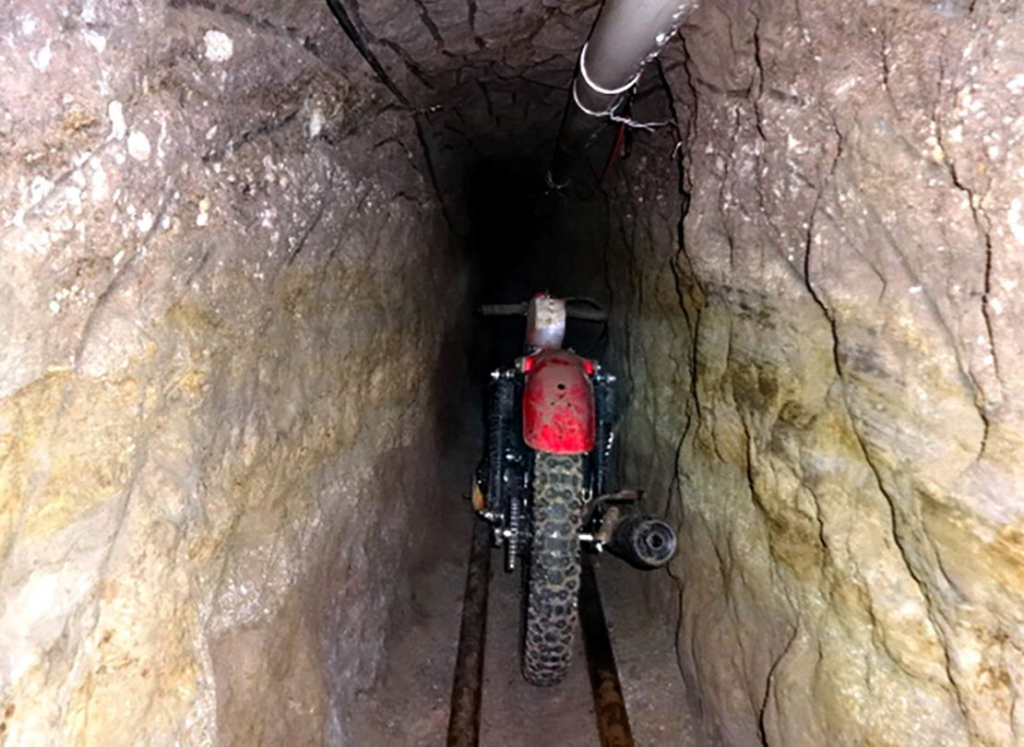
Mexican drug lord Joaquín “El Chapo” Guzmán orchestrated one of history’s most elaborate prison breaks through a mile-long tunnel in 2015. Engineers equipped this passage with ventilation systems, electric lighting, and a custom motorcycle track to ensure swift passage. The tunnel measured 5.7 feet high and 2.3 feet wide, precisely engineered to accommodate Guzmán’s height. Experts estimate this engineering marvel required months of planning, specialized surveying equipment, and cost millions to construct.
12. The Biltmore Estate’s Hidden Passages
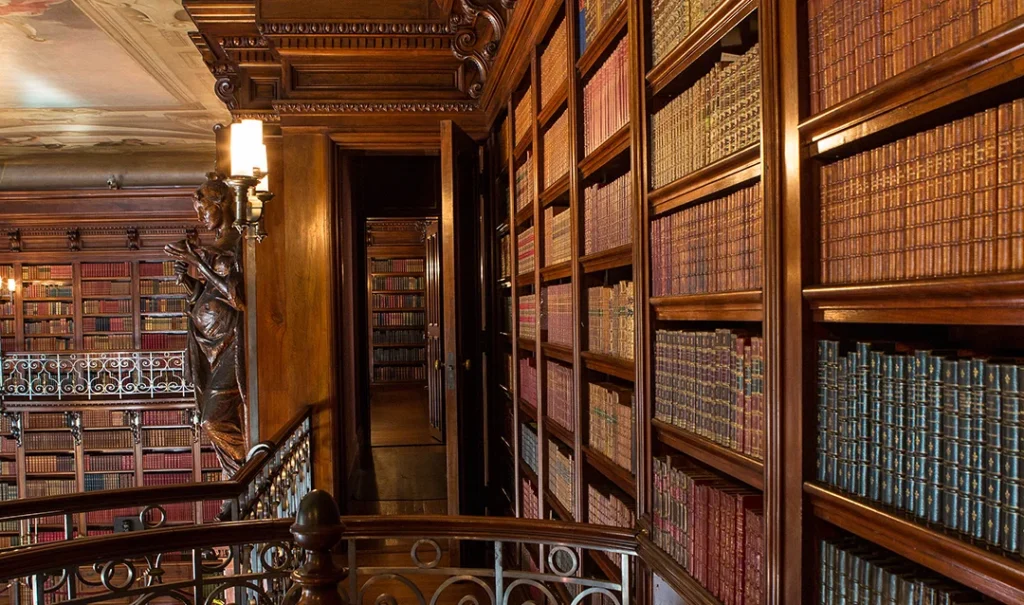
America’s largest private residence contains an intricate network of service tunnels that powered the mansion’s daily operations. These passages enabled staff to move efficiently throughout the 175,000-square-foot estate without disturbing guests. The main tunnel houses the original electrical and heating systems, including massive boilers that still function today. Guided tours reveal how these underground corridors helped maintain the grand lifestyle of the Vanderbilt family during the Gilded Age.
11. The DRA Tunnels
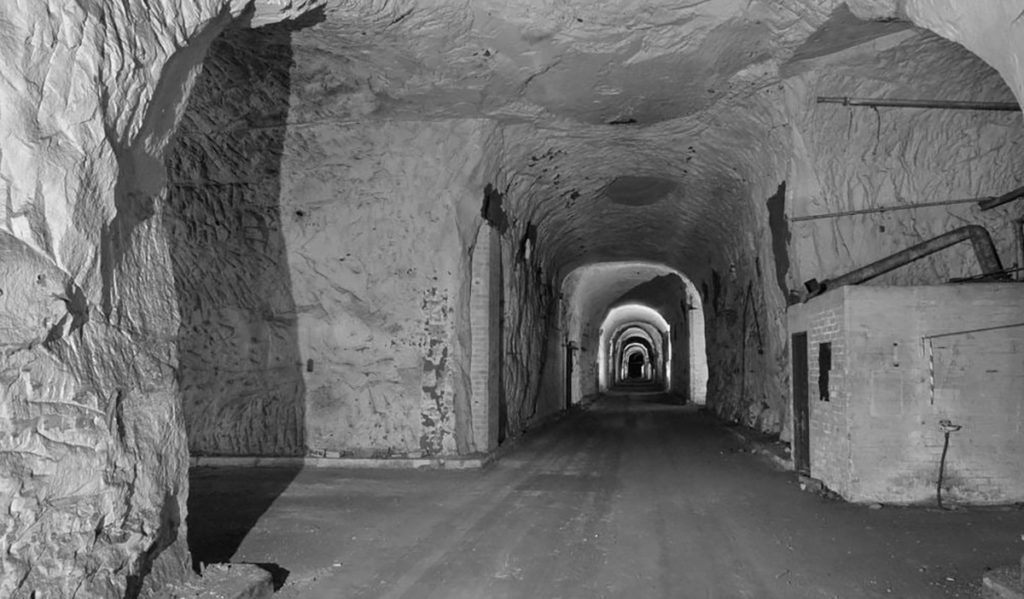
The Defense Research Agency tunnels form an extensive underground laboratory complex spanning several miles beneath the desert. These facilities house specialized testing equipment for advanced military research projects. Environmental controls maintain precise temperature and humidity levels throughout the tunnel system. Security protocols restrict access to these passages, which continue to support critical national defense initiatives.
10. Naples Underground

Forty meters beneath Naples’ streets lies a vast network of Greek and Roman tunnels carved from volcanic rock. Ancient engineers created these passages as aqueducts and cisterns to supply water to the city above. The Naples tunnels later served as air raid shelters during World War II, protecting up to 60% of Naples’ population. Modern archaeological teams continue to discover new chambers and passageways within this 2,400-year-old underground maze.
09. The FBI Spy House
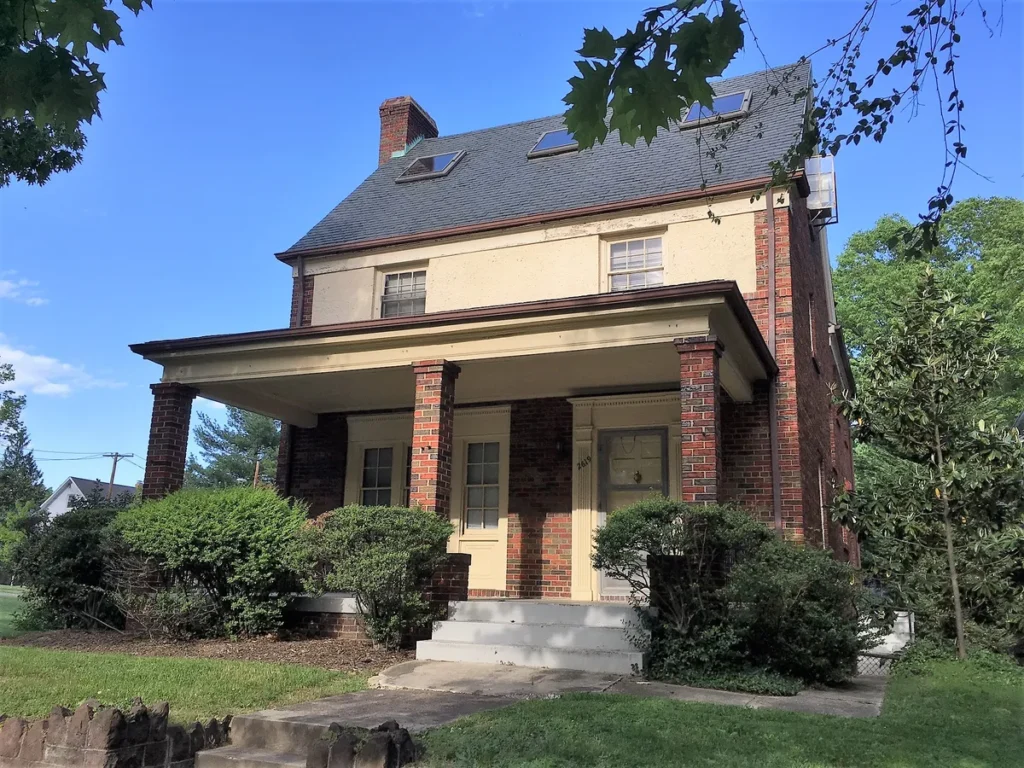
Located in a quiet Portland neighborhood, this 1960s ranch house concealed a secret FBI surveillance post during the Cold War. Hidden doors throughout the property connected to underground observation rooms equipped with advanced monitoring equipment for the era. Special soundproofing materials and false walls allowed agents to conduct covert operations without detection from nearby residences. The tunnel system included emergency exits disguised as ordinary yard features and connected to nearby safe houses through carefully mapped routes.
08. The Rochester Library’s Secret Room

In Rochester, New York’s Central Library Building, a hidden door leads to a unique secret room that carries on a tradition from its predecessor, the Rundel Memorial Library Building. The current room, built in the 1990s with wheelchair accessibility in mind, once housed over 200 dolls that began as a 1934 school project under principal George W. Cooper, who arranged international exchanges of Shirley Temple dolls for traditionally dressed dolls from the world’s then-69 countries. In 2021, the room began renovations and has since turned into a space for children to explore and read in – the dolls have been moved out, and tables, chairs and shelves have moved in.
07. The Knickerbocker Entrance
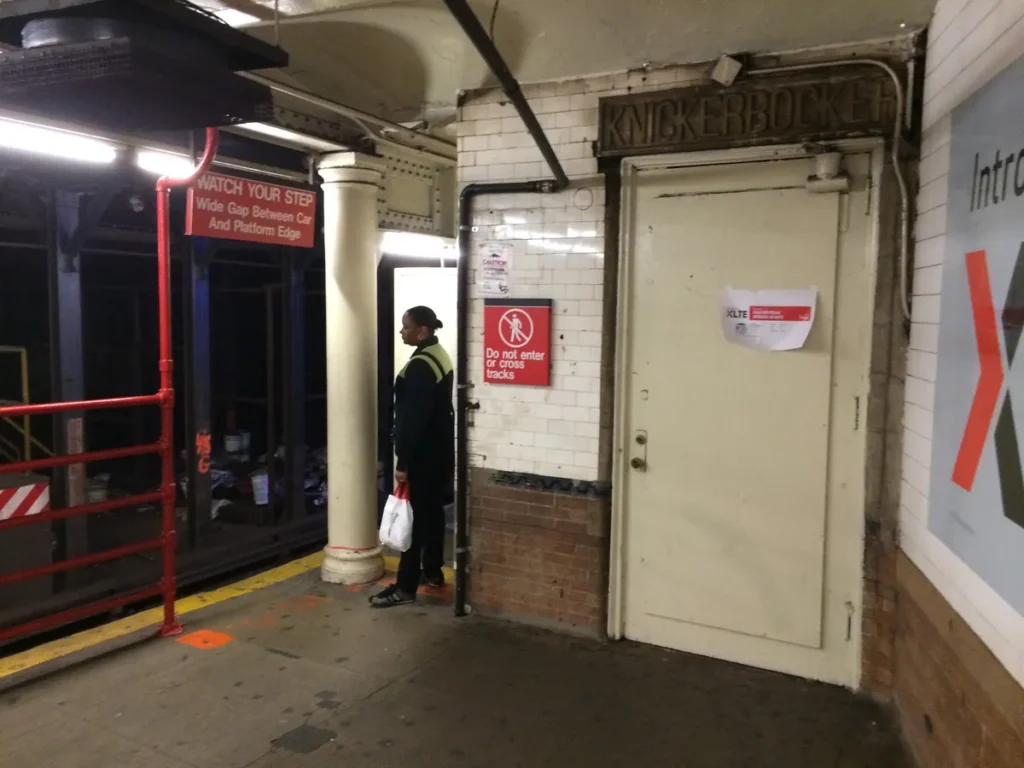
Times Square’s historic Knickerbocker Hotel features an underground passage that once provided direct access to the subway platform. Hotel staff used this private tunnel to transport luggage and supplies while celebrity guests utilized it to avoid public attention. The passage retains its original marble flooring and brass fixtures from 1906. Engineers incorporated this tunnel into the subway system’s emergency evacuation plan, maintaining its functional status today.
06. The Velvet Cave

South Limburg’s Velvet Cave contains over 25,000 carvings and passages dating back to the 11th century. Medieval monks created this labyrinth while mining limestone, leaving behind intricate artwork and mysterious symbols. The cave served as a vital shelter during World War II, protecting priceless artworks from Nazi theft. The temperature remains constant at 10 degrees Celsius year-round, preserving centuries of historical markings within the soft marlstone walls.
05. Mount Rushmore’s Hall of Records
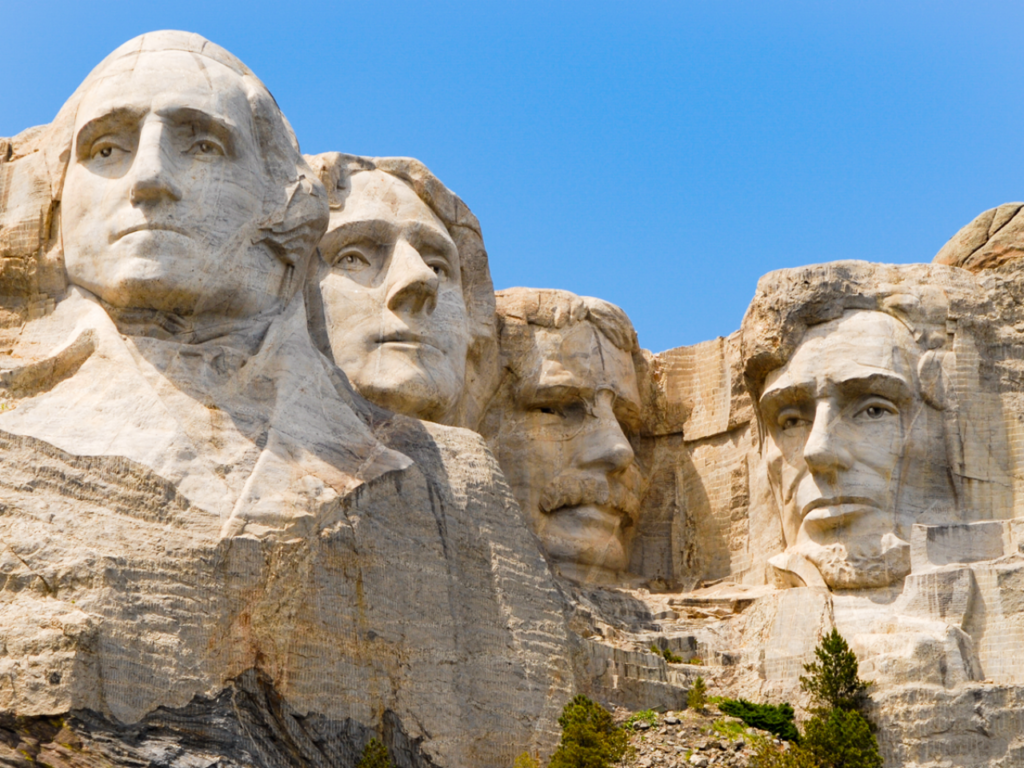
Behind Abraham Lincoln’s head lies an unfinished chamber designed to preserve American history for future civilizations. Chief sculptor Gutzon Borglum planned this room to house important historical documents and national treasures. The entrance tunnel extends 70 feet into the granite mountain face. Though never completed to Borglum’s full vision, the Hall contains a titanium vault holding porcelain tablets describing Mount Rushmore’s creation.
04. The Passetto di Borgo
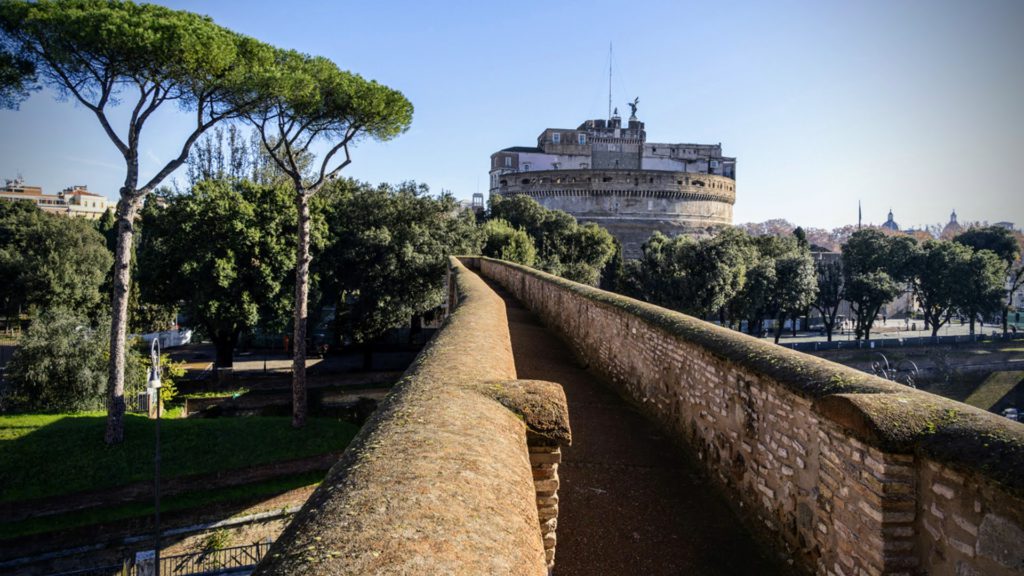
Beneath the streets of Corsica’s capital city, the Petto de Borgo tunnels form an elaborate 18th-century defense network. Military engineers designed these passages to move troops and supplies throughout the city unseen. The tunnel walls contain specialized acoustic features that allowed soldiers to detect enemy movement above ground. Local preservation teams maintain access to several restored sections that showcase original military architectural techniques.
03. The Carrera Wellington Tunnels

British troops engineered these tunnels beneath the Portuguese city of Carrera during the Peninsular War in 1810. The complex network extends for 1.2 kilometers and housed up to 20,000 soldiers preparing to fight Napoleon’s forces. Military architects incorporated innovative ventilation shafts that maintained fresh air flow throughout the underground barracks. Recent archaeological surveys revealed intact soldier graffiti, weapons caches, and cooking areas that paint a vivid picture of wartime life beneath the streets.
02. The Royston Cave

Discovered by accident in 1742, Royston Cave features an unusual bell-shaped chamber filled with mysterious medieval carvings. The walls display religious imagery alongside symbols connected to the Knights Templar dating to the 14th century. Archaeologists identified traces of original pigments that once colored these intricate reliefs in vibrant hues. The cave’s precise alignment with celestial events suggests its creators possessed advanced astronomical knowledge.
01. The Nottingham Caves

Beneath Nottingham’s streets lies the largest network of man-made caves in Britain, with over 800 documented chambers. Medieval residents carved these spaces from soft sandstone to create homes, workshops, and storage areas. The caves include perfectly preserved medieval tanneries, with original leather-working equipment still in place. Laser scanning technology continues to reveal new passages and chambers within this vast underground city, which spans several centuries of continuous human use.






